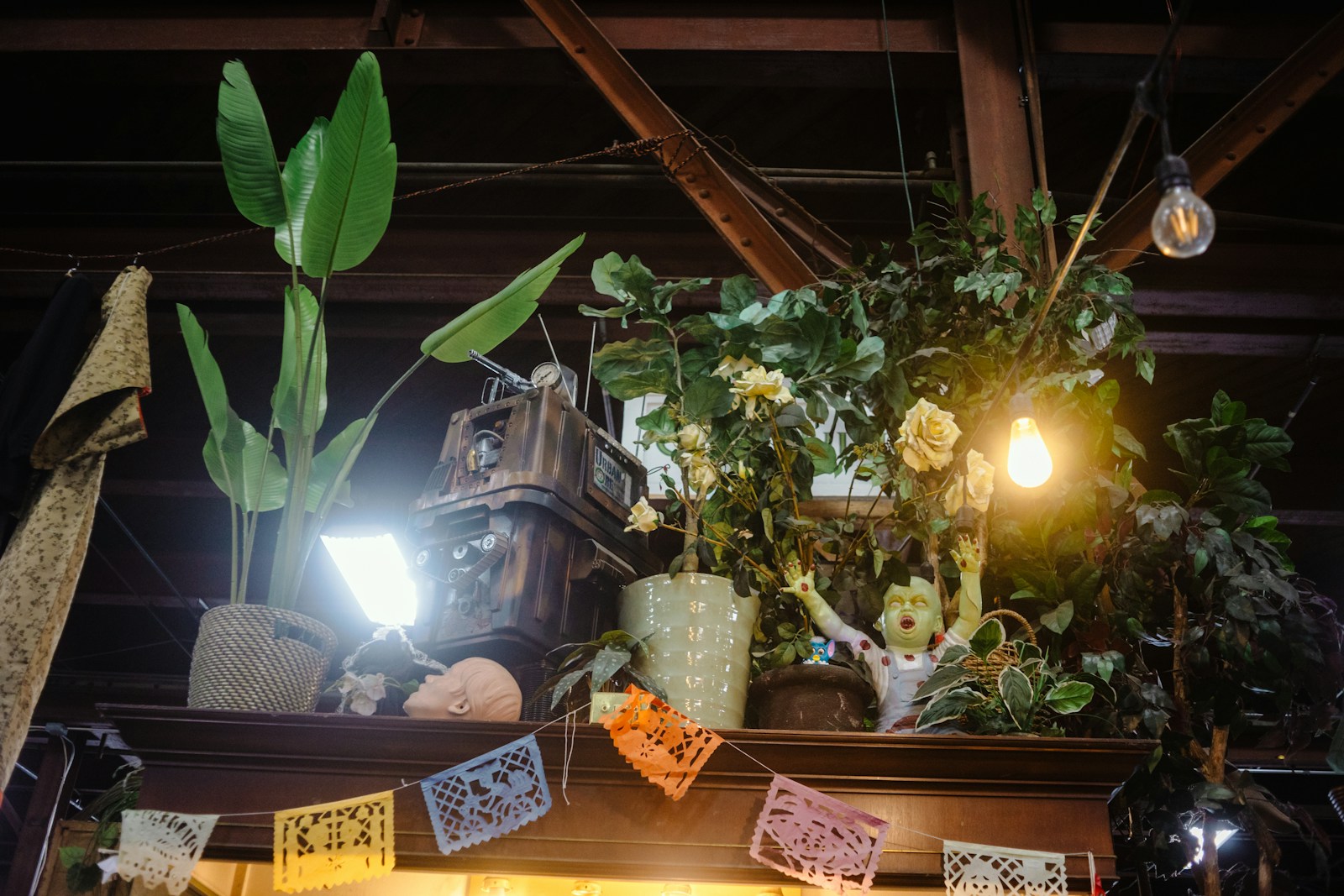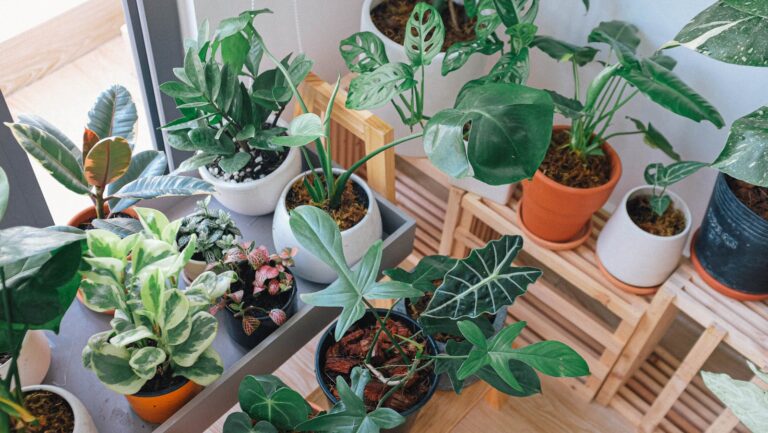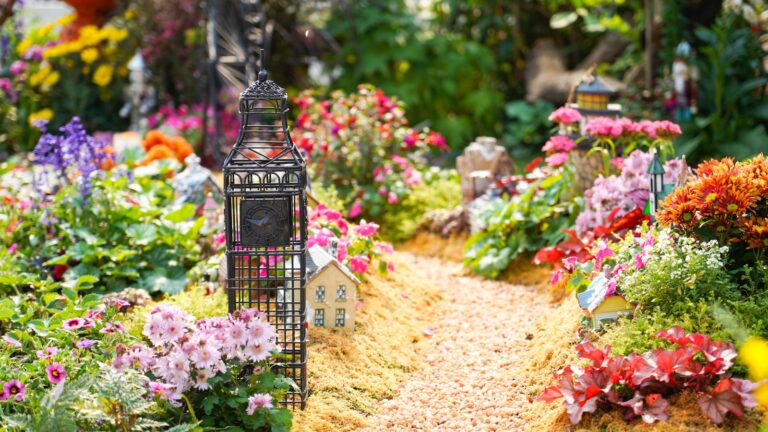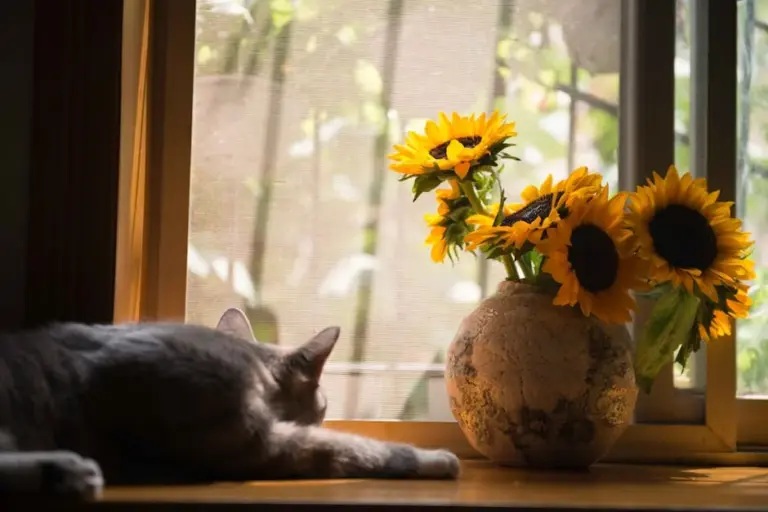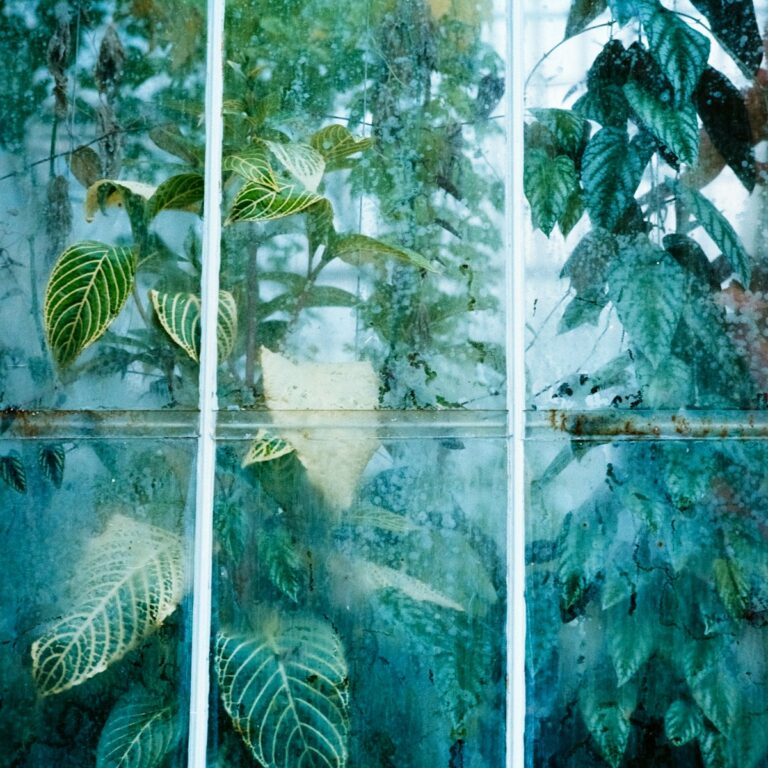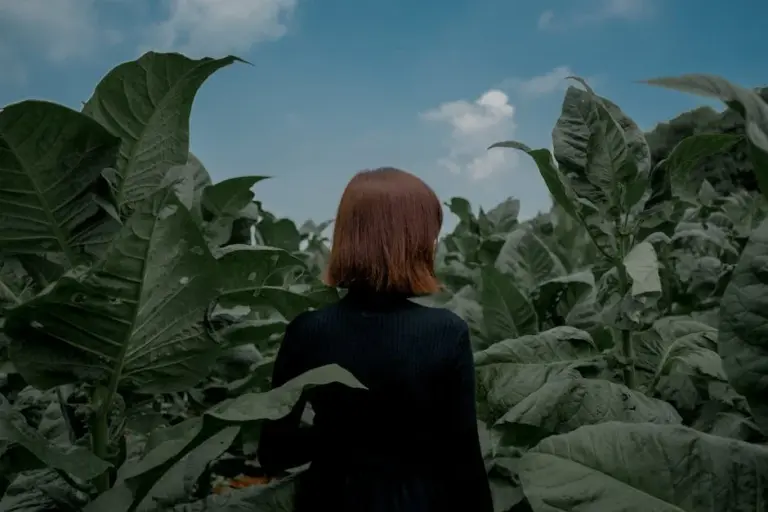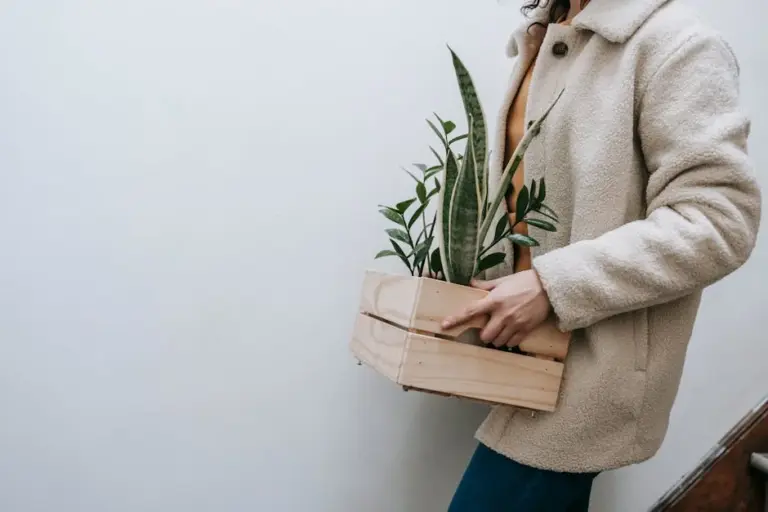How to Use Grow Lights for Indoor Plants During Short Days for Healthier, Happier Greens
When winter rolls around and daylight hours shrink, your indoor plants can start to look a little sad. You might notice slower growth or leaves losing their color.
It’s easy to feel frustrated when your favorite greens just aren’t thriving. But with a few smart tricks, you can help your plants get the light they need, even when the sun isn’t cooperating.
Grow lights are a great way to supplement natural sunlight. With the right setup, you can keep your plants happy all year, no matter how gloomy it gets outside.
Choose full-spectrum LED grow lights for balanced light
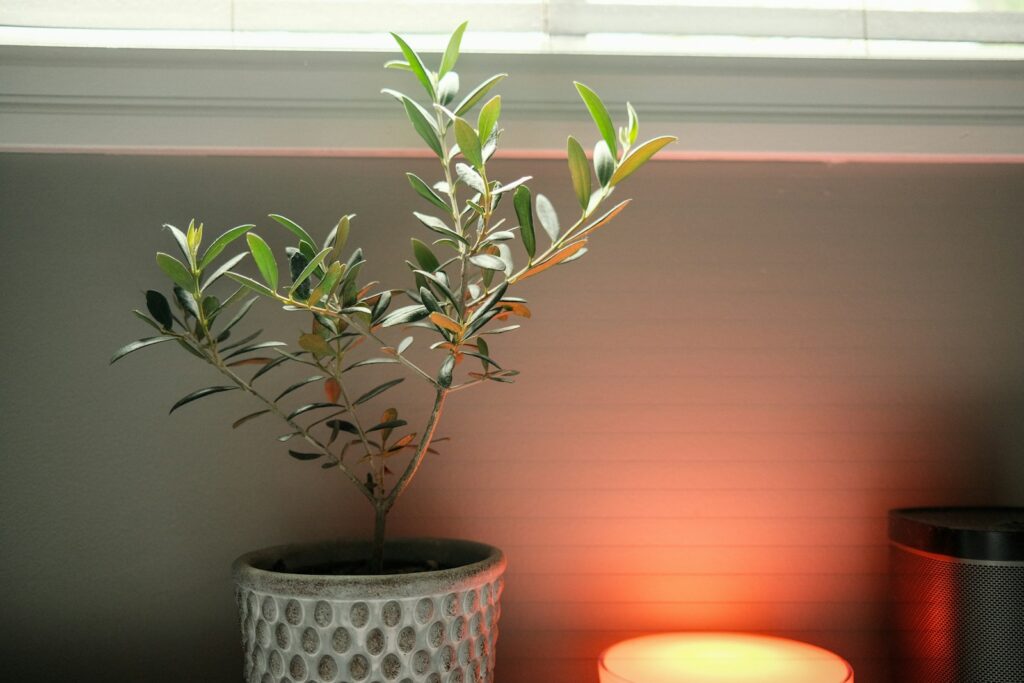
Picking the right grow light makes a huge difference for your indoor garden. Full-spectrum LED lights mimic natural sunlight by providing a range of colors.
These LEDs offer red, blue, and other wavelengths, supporting all stages of plant growth. You won’t need to swap bulbs as your plants mature.
LEDs use less energy and stay cool, so they’re safer and more cost-effective. There are plenty of budget-friendly options out there.
Make sure the light reaches deep into the plant canopy. Every leaf benefits from balanced light, improving plant health. For more details, check out this guide on full spectrum grow lights.
Place grow lights 12-24 inches above plants
Setting your grow lights at the right height is key. About 12 to 24 inches above your plants usually works well.
If the lights are too close, leaves can get burned. Too far away, and plants might stretch or look pale.
Low-light plants do better with lights at 24 inches, while high-light plants like tomatoes can handle lights closer. Watch your plants and adjust if you see signs of stress.
Make small changes over a few days so your plants can adapt. For more tips, check this grow light distance chart.
Set grow light timer for 12-16 hours a day

A timer takes the guesswork out of lighting. Set your grow lights for 12 to 16 hours a day to mimic longer days.
Plants in the growing stage may need closer to 16 hours. If they’re blooming or resting, 12 hours is usually enough.
Timers help keep your plants on a steady schedule. This consistency is important for healthy growth.
Pick a timer that fits your setup, whether it’s analog or digital. You’ll avoid forgetting to turn lights on and off.
You can find more tips on programming your grow light timer at plantingguys.com/grow-light-setups/grow-light-timer-programming.
Clean windows and plant leaves to maximize natural light
Don’t let dirty windows block the sun. A quick wipe with a damp cloth lets more light in for your plants.
Dust and grime on leaves can also stop plants from soaking up light. Gently clean leaves with a soft, damp cloth or give them a light shower.
These small steps help your indoor garden get the most from whatever sunlight is available. Clean windows and leaves can make a noticeable difference during winter.
For more tips, see this guide on providing enough light during short winter days.
Use a reflector to direct light efficiently
Reflectors can help your grow lights work harder for you. They bounce light back onto your plants, making sure every leaf gets its share.
Mirrors, foil, or whiteboards all work as reflectors. Place them around your plants to capture and redirect light.
This trick is especially useful when sunlight is limited. Reflectors help reduce wasted light and boost growth without extra energy costs.
Try using materials you have at home and position them for even coverage. For more ideas, check out this guide on using mirrors and reflective surfaces to boost indoor plant light.
Avoid overwatering; light helps but balance is key
More light means faster soil drying, so your watering routine may need a tweak. Overwatering can damage roots and cause yellow or droopy leaves.
Check the soil moisture before adding more water. Keep the balance so your plants stay healthy without soggy roots.
If you notice signs of stress, adjust your watering and light together. For more tips, see this simple step-by-step guide.
Adjust light height as plants grow taller
As your plants get taller, raise your grow lights to keep the right distance. Lights that are too close can burn leaves or cause heat stress.
Gradually adjust the height as your plants grow. This helps them get even light without damage.
Different plant types and stages need different light heights. Check guides like the LED grow light distance chart for more info.
Raising your lights bit by bit helps your plants grow strong during short days.
Use grow lights during early mornings and evenings
Give your plants a boost by running grow lights in the early morning or evening. These are times when sunlight is weakest.
Set timers to turn lights on before sunrise and after sunset. This keeps your plants on a steady schedule that matches natural patterns.
This approach saves energy and can lower your bills. Keep grow lights 12 to 24 inches above your plants to avoid overheating.
Supporting your plants during these hours helps them thrive in low-light seasons. For more tips, check how to use grow lights during different times of the day.
Rotate plants weekly for even light exposure
Plants tend to lean toward the light source. Rotating them every week helps all sides grow evenly.
Turn each plant 90 degrees every seven days. This simple habit prevents lopsided growth and keeps your plants looking full.
Balanced light exposure leads to healthier, stronger plants. For more on this topic, read about why you should rotate plants under artificial lighting.
Combine natural sunlight with grow lights on cloudy days
Cloudy days can leave your plants craving more light. Turn on your grow lights during morning or late afternoon to fill in the gaps.
Keep the light gentle so you don’t overwhelm your plants. Use grow lights to add just enough brightness for healthy growth.
Position your lights to help plants in shady spots. Mixing sunlight and grow lights ensures your plants get what they need, even when the weather isn’t cooperating.
Watch how your plants respond and adjust as needed. For more tips, see this guide on combining natural and artificial lighting for plants.
The Science Behind Grow Lights and Plant Growth
When daylight hours are short, your plants rely on you for the right kind of light. The right setup supports photosynthesis and keeps your plants healthy.
How Light Affects Photosynthesis in Short Days
Plants use blue and red light to make energy through photosynthesis. Without enough light, they can become weak or stop growing.
Grow lights fill the gap when natural sunlight is scarce. Blue light encourages leafy growth, while red light supports flowering.
Understanding Light Intensity and Duration
Light intensity is about brightness. Too little, and plants struggle. Too much, and they can dry out or get damaged.
Most indoor plants need 12 to 16 hours of light per day during short days. Timers help keep this schedule steady.
Using grow lights with the right intensity and timing can make a big difference. Learn more about how grow lights support plant photosynthesis here.
Creating the Optimal Indoor Lighting Environment
Getting your lighting right means thinking about where the light goes and how it mixes with natural sunlight. The goal is enough light for growth without stressing your plants.
Adjusting Light Placement and Coverage
Keep your grow lights about 12 to 24 inches above the plants. This usually mimics sunlight without burning the leaves.
If you have tall plants, adjust the height as they grow. Make sure every plant gets even coverage.
Use reflectors or light-colored walls to bounce light around. This helps you get more even distribution and better results for your indoor garden.
Balancing Natural and Artificial Light
Winter days can make it tough to give your plants all the sunlight they crave. Try moving your plants close to windows that get the most daylight.
Be careful to avoid spots where the sun only shines for a short time. Pairing natural light with grow lights can help make up for the missing hours.
Most plants do best with about 12 to 16 hours of light each day. Using a timer can take out the guesswork and keep your routine easy.
If your home has mostly dim or indirect light, you might need to lean more on your grow lights. Finding the right mix keeps your plants happy without running up your energy bill.

